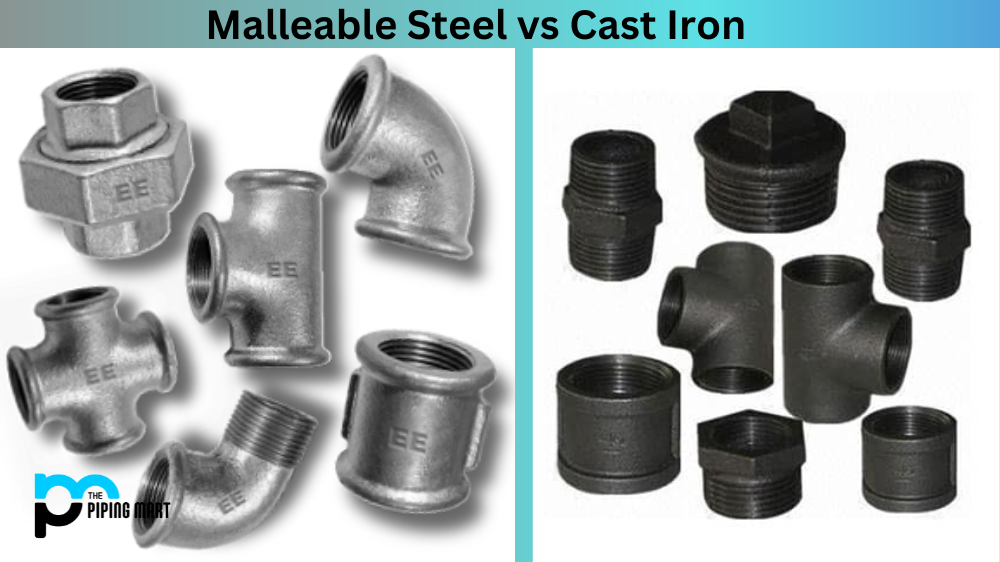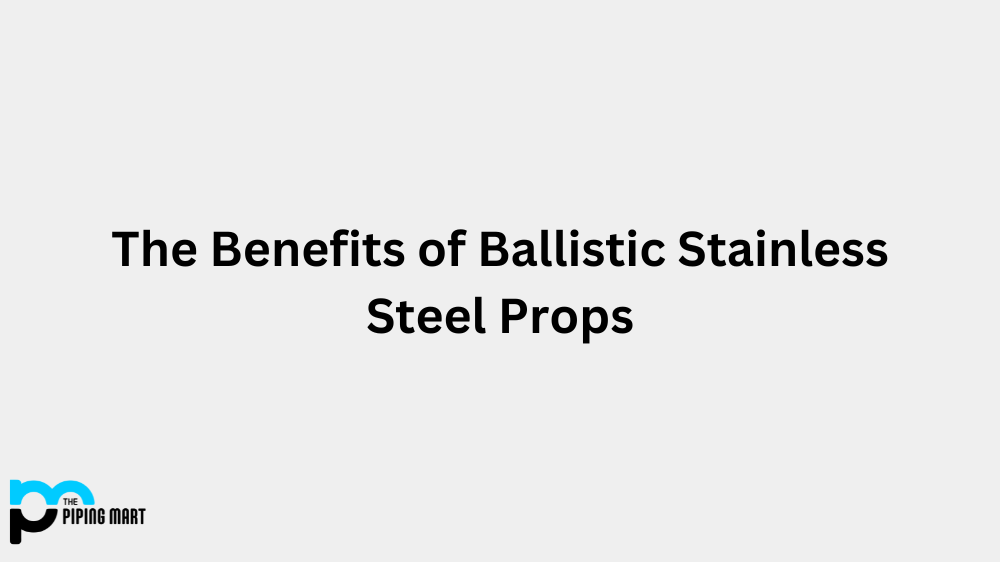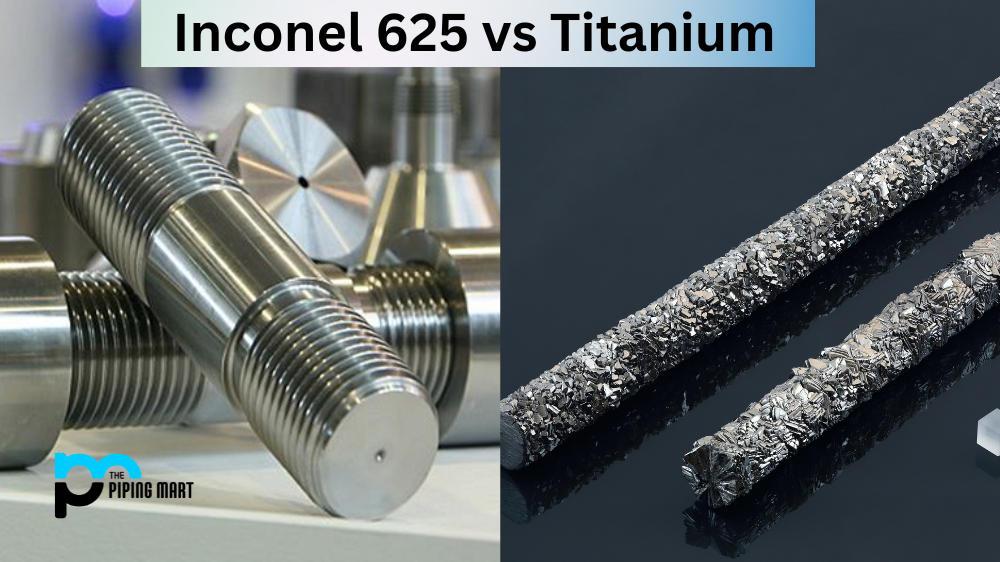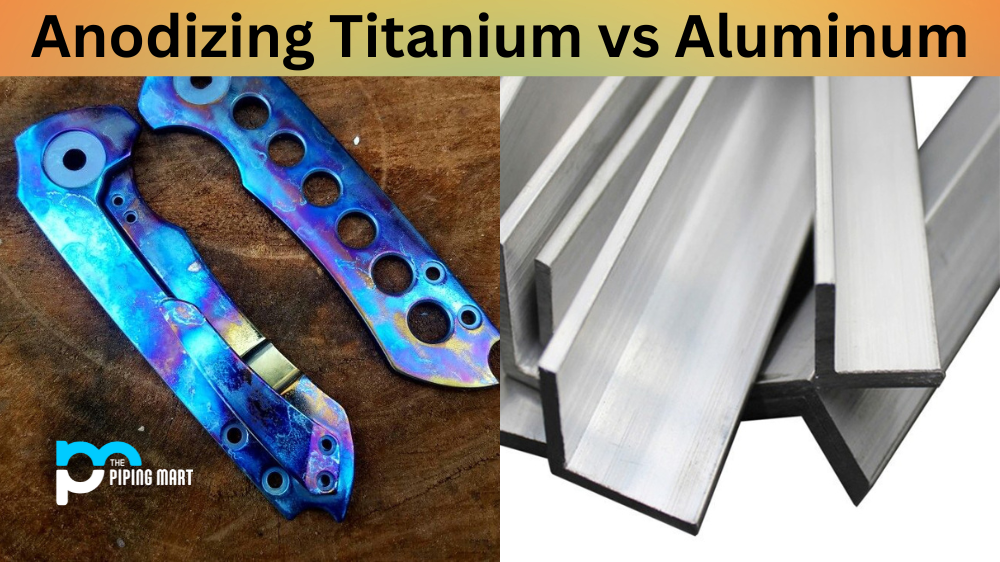When it comes to choosing between malleable steel and cast iron, there is no straightforward answer. The suitability of each material depends on your needs, from the application, environment, and budget. Both malleable steel and cast iron have 5their advantages and disadvantages, which we will discuss in this blog. Keep reading to learn more about selecting the suitable material for your project or application.
Difference Between Malleable Steel and Cast Iron
The choice between malleable steel and cast iron depends on the application and the environment in which it will be used. For example, cast iron may be the best option if you need a material that can withstand high-stress levels and wear. On the other hand, if you need a material that can be bent or formed into various shapes, malleable steel may be the better choice. The cost and availability of each material should also be considered.
Understanding Malleable Steel
Malleable steel is a type of carbon steel that has undergone a process to make it more ductile and easy to work with. This process involves heating the steel to a high temperature and cooling it in a controlled environment. The result is steel with a softer surface bent or formed into various shapes without breaking. Malleable steel is most commonly used in building and construction, plumbing, and automotive industries. It is also used for making bolts, nuts, and other fasteners.
The advantages of malleable steel include its ductility, strength, and resistance to heat and corrosion. It is also relatively affordable compared to other types of steel. However, plastic steel is not suitable for applications that require high levels of hardness or wear resistance.
Understanding Cast Iron
Cast iron is an iron-carbon alloy characterized by its high carbon content, making it hard and brittle. Cast iron is made by melting iron and mixing it with carbon and other additives, then pouring the molten metal into a mould. The resulting shape is then allowed to cool and solidify. Cast iron is commonly used in cookware, pipes, and machine parts.
The advantages of cast iron include its hardness, strength, and resistance to wear and shock. It is also a good conductor of heat, making it ideal for cooking applications. However, cast iron is prone to cracking or breaking under stress and is susceptible to corrosion.
Tips for Working with Malleable Steel and Cast Iron
Working with malleable steel and cast iron requires different tools and techniques. For example, plastic steel can be shaped using a press, hammer, or anvil, while cast iron may need a diamond-tipped cutter or saw. It’s essential to avoid overheating when heating malleable steel, which can cause the steel to lose its malleability. When working with cast iron, avoiding sudden temperature changes is necessary, which can cause the metal to crack.
Other Differences
- Malleable steel is a type of steel that can be shaped or moulded without breaking.
- Cast iron is a type of iron that contains carbon and other impurities.
- Malleable steel is more robust than cast iron.
- Cast iron is more brittle than malleable steel.
- Malleable steel is less likely to rust than cast iron.
Conclusion
In conclusion, the choice between malleable steel and cast iron depends on the specific needs of your project or application. Both materials have advantages and disadvantages, requiring different methods for shaping and working with. By understanding the properties and characteristics of malleable steel and cast iron, you can make an informed decision to ensure your project’s or application’s success.
Rachana is a dedicated and ambitious young woman who has made a name for herself in the metal industry. From her earliest days in the industry, Rachana showed a natural talent for problem-solving and a keen eye for detail. In her free time, She enjoys reading up on the latest advancements in the industry, as well as exploring new ways to innovate and improve upon existing processes.




